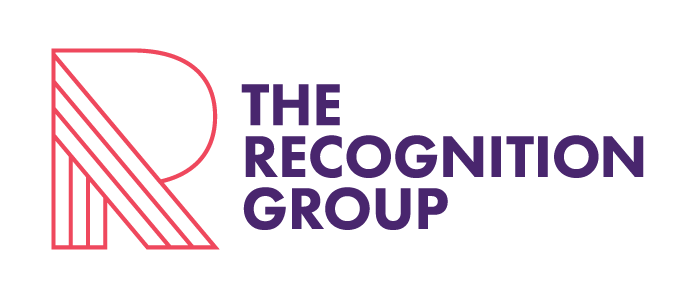Why resellers don’t use vendor marketing funds: inside the last mile mystery
By managing director Adam Benson
When I speak to vendor channel marketing managers a common theme typically comes up. It’s the fact that many resellers don’t apply for their eligible MDF.
Usually the same conversation comes up. “Partner X has accrued marketing funds, or is eligible for marketing support, but we just can’t get them to apply.”
This issue is often accompanied by additional concerns.
when marketing funds are allocated, the campaigns that resellers execute aren’t always best-practice. Common complaints by vendors are that campaigns are off brand, use poor data sources, aren’t designed professionally or don’t align to the sales focus or the strategic intent of the business.
often the channel marketing team becomes a frantically overworked, front-line campaign support team helping resellers source designers, telemarketing agencies, logos, images, copy, venues and speakers among many other things. When a reseller network includes more than a dozen major partners this becomes unmanageable and channel marketing teams start turning over staff.
the proof of execution paperwork is slow to arrive or always has to be chased (another job), which makes it hard to reconcile quarterly activity and keep budgets straight. At the same time, there is continuous pressure, queries and, often, disputes around paying bills for co-funded activities due to campaign compliance breaches
there is no clarity around whether leads generated by a campaign are actually followed up or if there were any real learnings from campaign to campaign.
As I said, these are just common concerns. The list is much longer. I haven’t even touched on the dynamics between channel marketing and channel sales teams – who often don’t align when it comes to finding the best way to engage with partners and provide them with marketing and lead generation support.
To try to solve the marketing resource issue, many vendors offer a reseller portal. For the most part, this is a good thing. Portals usually contain a document library, a news feed, pricing or quotation systems, order tracking and, in some cases, lead distribution from vendor end-user campaigns and access to rewards and recognition systems. Portals are terrific if your reseller network is single-vendor centric (and you’re that vendor).
Portals make it very easy for partners to stay up to date and they do make a difference – provided if they’re easy to use and don’t replace all other channel outreach and management activities.
Portals are not terrific if your reseller base is made up of companies who represent many vendors. In those instances resellers need to maintain login and password details to potentially dozens of portals and make sense of the campaigns, MDF structures and constantly changing information. In a lot of cases they just don’t bother and instead, you guessed it, ring the channel marketing team or their channel account manager for direct support.
The problem isn’t the design of the channel portal – it’s the fact that many partners don’t have the time or the resources to really use it. It’s the last mile where everything tips over. The fact is, most partners are much more interested in using co-marketing funds when they receive direct support to help create and implement marketing campaigns from start to finish.
For many years Outsource has been working with vendors and their channel in Australia and New Zealand and we’ve observed the gap between vendor MDF and what resellers do with it. It’s why we built our Partner Advance solution.
Partner Advance breaks down the last-mile barrier which causes so many resellers to never fully engage with MDF programs. We work with vendors to build a range of packaged campaign execution activities ranging from integrated email and telemarketing programs, LinkedIn company page builds and boardroom events through to pipeline-building as a managed service. We give the vendor program a name, build the partner-facing program brochure and then we work alongside the vendor channel account team to actively contact selected partners and encourage them to use the funds available to them to run lead generation activities.
We call or meet partners regularly, maintain an in-bound email help desk and phone support number and help take the pressure off the front-line channel marketing and administration team by answering day to day requests for simple marketing items.
The real benefit however is that Outsource executes the campaigns for the partners directly. We consult with them, customise their programs (based on the published menus of activities the vendor would like focus on), and we execute. We remove the time, resource, expertise barrier and make it very easy for partners to be in market with lead generation activities. Something a partner portal or automated campaign tool simply cannot do.
Many partners, once they’ve experienced what it’s like to have an experienced IT marketing company to work with will often fund their own programs with Outsource such as creating new marketing collateral to rebuilding their website, all which has an indirect (and sometimes direct) downstream benefit to the vendors they partner with.
Our vendor clients meet with us weekly and we report on partner activity and campaign outcomes (data confidentiality with partner information is always maintained unless otherwise jointly agreed), we assist with proof-of-execution administration.
Another side benefit is we provide additional channel coverage for often already stretched channel account managers and channel marketing teams. As we interface with partners we provide an additional touch point for the vendor and help keep communication open and active.
So what’s the takeaway?
In short, if your MDF isn’t being spent or used effectively, then consider the impact of the last mile gap created by too much portal and too little direct campaign execution support. Maybe there’s another way to create the win-win that co-marketing funds should deliver.
